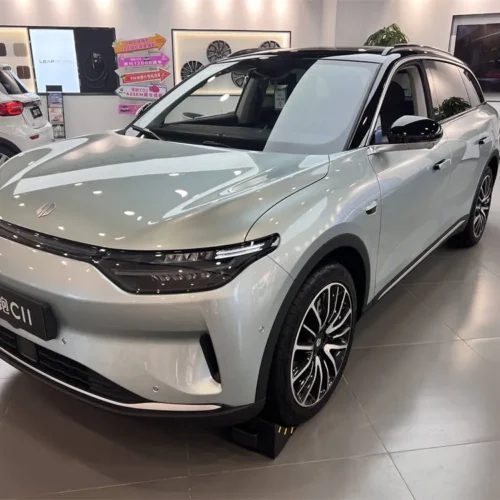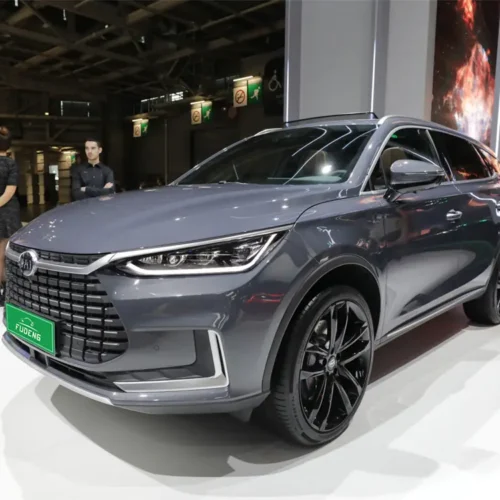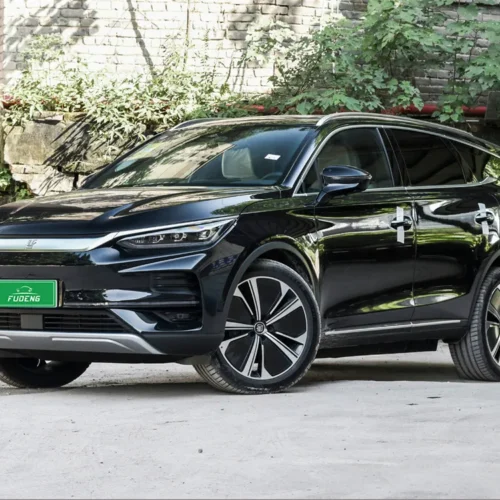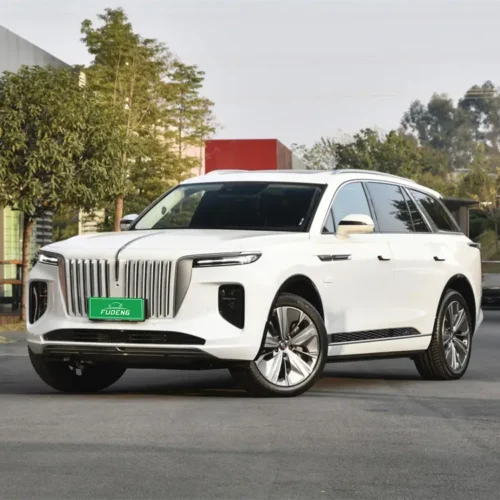Ten steps to teach you how to correctly purchase a used car and avoid being deceived
Step List:
-
Step 1: Determine Your Budget
-
Step 2: Select Brand And Model
-
Step 3: Accurate Valuation
-
Step 4: Look At The Car In The Market; Check The Condition Of The Car
-
Step 5: Test Drive
-
Step 6: Negotiate Price
-
Step 7: Sign The Contract And Pay
-
Step 8: Transfer Of Ownership
-
Step 9: Maintenance And Preparation
-
Step 10: Insurance
Overview
Buying a high-quality used car has become the preferred choice for many in the automotive market. Unlike brand-new vehicles, used cars have their unique appeal and advantages. Let’s delve into why choosing to buy a used car is beneficial and how to ensure you get a reliable one.
How to buy a good second-hand car? Here is a 10-step guide to choosing a car. As long as you follow the correct step-by-step process, you can avoid various traps and ensure safe car buying.
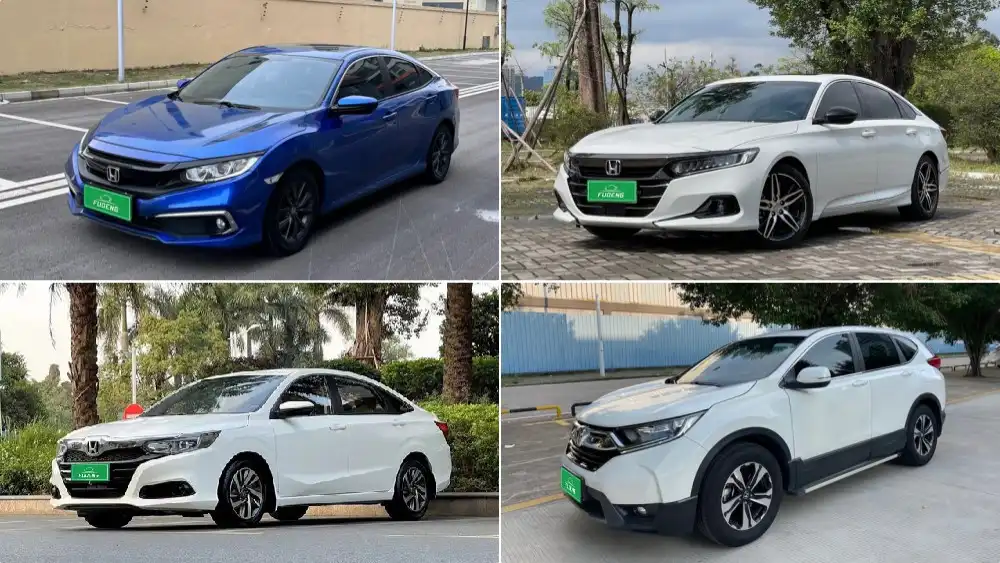
Step 1: Determine your budget
It is recommended that everyone determines a budget based on their own financial capabilities and consumes rationally.
Step 2: Select brand and model
Confirm the model and brand you want to buy. Go and talk to Che if you have a goal. Don’t let car dealers mistake mid-range allocations for high allocations, do your homework in advance
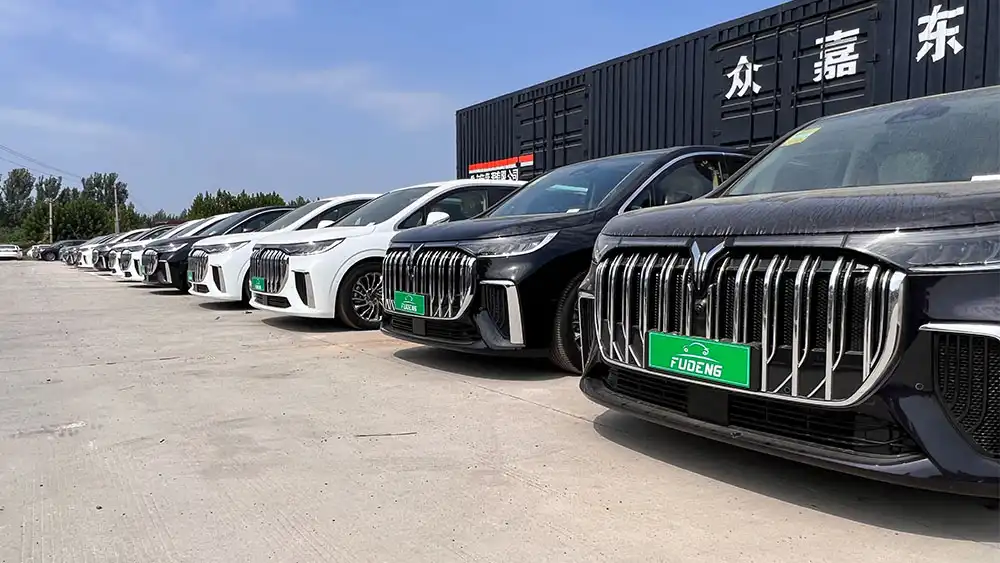
Step 3: Accurate Valuation
- You can use reverse inquiry to ask the car dealer for the purchase price of the car model you plan to buy, so as to facilitate bargaining when purchasing.
- The purchase time is also very important. Avoid buying in the peak season, because the demand will cause the car price to soar. March, June, July and August are the off-season. After March, the age of the car increases by one year, and from June to August due to the weather It’s hot and there will be relatively few people watching the cars.
Step 4: Look at the car in the market; check the condition of the car
Before buying a car, you must fully understand the condition of the car to avoid pitfalls. It is best to inspect the car when the weather is fine. Wash the car first before inspecting it. Pay special attention to the number of transfers and unpopular models of the vehicle, and eliminate defects. Water trucks, fire trucks, meter adjusting trucks, major accident vehicles, etc.:
- Use a paint film meter to measure the paint on the entire car to know which areas have been spray-painted and which areas are original paint.
- Check the production date of the tire and the degree of wear of the tire to determine whether it needs to be replaced.
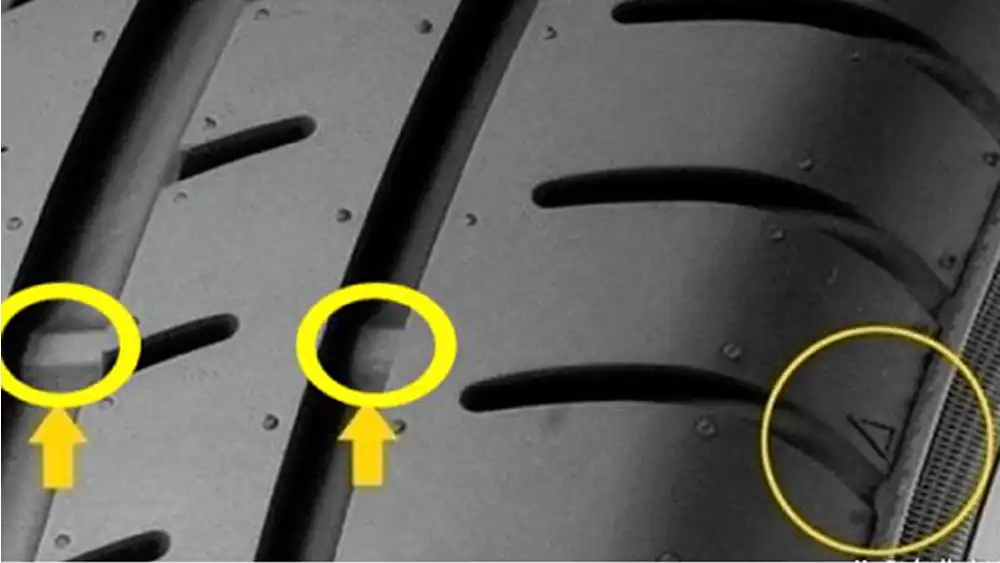
- Check the window glass mark at the same time. The number in the middle represents the year. Through calculation, you can know the specific time of the vehicle.
- Check the engine compartment to see if there are traces of screw removal and repair, whether there are oil stains, and whether it matches the description of the merchant. Pull out the oil dipstick and observe whether the oil is within the normal range.
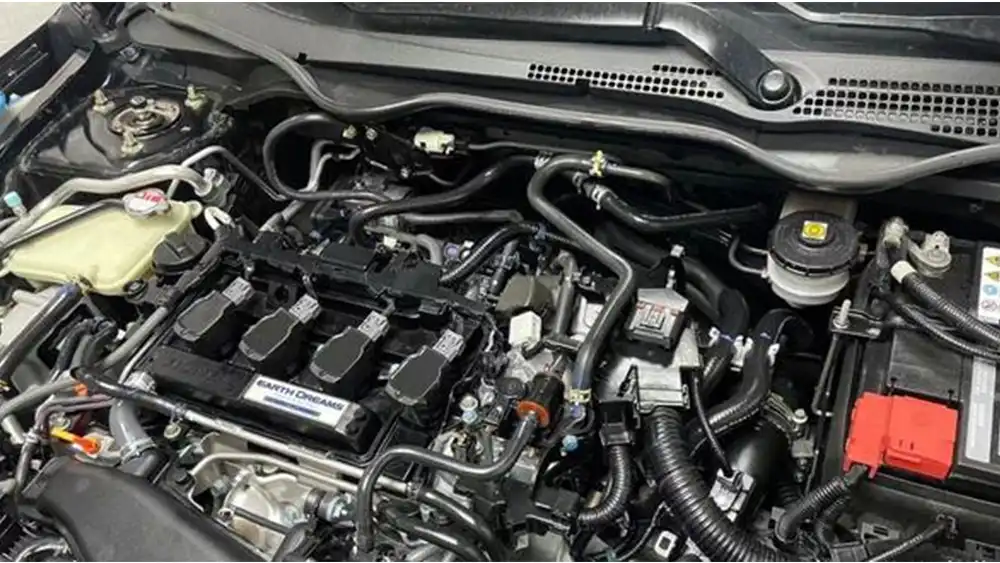
- Carry out functional tests, such as checking whether the front and rear wipers are in normal use. When inspecting the vehicle, pay attention to the mileage being proportional to the degree of wear.
- Inventory of items, including whether the tools provided with the vehicle are complete, such as jacks, tripods, reflective vests, tire repair tools, fire extinguishers, etc.
- Don’t trust the vehicle condition guarantees given by second-hand car dealers. You must check insurance records and maintenance records yourself, and try to find a reliable third-party vehicle condition inquiry platform that can quickly check for accidents, flooded vehicles, metered vehicles, and mortgaged vehicles. Car etc.
- Avoid buying vehicles that have been transferred too many times, because you don’t know why the previous owners resold the vehicle.
- Don’t buy unpopular models because the market is small, accessories are hard to find, and it’s easy to buy but hard to sell.
- Avoid purchasing seized and mortgaged cars. On the China Enforcement Information Disclosure Network, you can check whether there are any assets that have been frozen by enforcement by querying the owner’s name and ID card information to avoid purchasing seized vehicles.
- Check whether the oil cap and oil passage are blackened or emulsified. If so, it means the vehicle may have been overhauled.

Step 5: Test drive
You must test drive a second-hand car to see if there are any problems. The test drive time is 15 to 30 minutes. After the test drive, the car is fine. The next step is to read the invoice. The invoice will look at the date of purchase, the number of transfers, and how long the seller has taken possession of the car. These are all things to look at to prepare for later price negotiations.
Step 6: Negotiate Price
In the bargaining process, you need to master bargaining skills, including defining a psychological price point, choosing the right time and place, etc., in order to get the best price:
- Never pay a deposit before it is confirmed, otherwise there will be no negotiation later. Don’t expose your psychological price during the price negotiation process.
- Don’t bargain based on the landing price right from the beginning, because every expense can be the object of bargaining. First let the seller list the various expenses, and then bargain one by one, and finally bargain when the lowest price is reached.
- Conventional bargaining includes finding out the shortcomings of the car. When the price is almost negotiated, try to meet with the seller’s leader for an interview. You can also find the salesperson privately and offer small favors in exchange for a bigger discount to achieve a win-win situation.
- If the price cannot be negotiated, you can use psychological tactics to express your willingness to reconsider to get a lower price.

Step 7: Sign the contract and pay
When signing a contract, it is necessary to clarify the condition of the vehicle and require the seller to promise warranty and other content in the contract to ensure its own interests:
- Write important information into the contract, such as chassis number, model, vehicle condition, mileage, etc., to prevent fraud.
- The contract must clearly state whether there are major accidents, blisters, fires, meter adjustments, etc., whether there are any cuts on the four beams and six columns, and whether it includes documents, transfers, etc.
- The warranty, gifts and other contents promised by the seller should also be written into the contract to prevent disputes.
- If the vehicle condition remarks are found to be inconsistent with the actual vehicle condition, the merchant will refund the full amount (refund one and compensate three) and bear all legal responsibilities.
- The itemized expenses and total expenses should be clearly stated.
- Write down the delivery time, deposit amount, and payment method. If money is involved, be sure to write it down clearly.
- Remember to stamp the contract with the official seal, signature, and thumbprint, and make two copies of the contract to prevent problems and protect your rights.
- Regardless of the failure to transfer due to any reason, the full amount must be refunded.
Step 8: Transfer of ownership
During the transfer process, relevant fees and documents need to be prepared to ensure the smooth progress of the transfer procedures:
- The transfer fee includes the number extension fee, cost of construction fee, transfer fee and registration fee. The number extension fee is about 30 yuan, and the registration fee is generally around 100-300 yuan, which is subject to the actual situation of the local vehicle management office.
- The documents that need to be carried include the ID cards and copies of the buyer and seller, the vehicle registration certificate and its copy, the vehicle driving license and its copy, the original and copy of the car purchase invoice, and the vehicle purchase tax payment certificate. Vehicles under customs supervision need to provide customs approval. Proof of transfer (most vehicles are not involved). If the company uses a car for transfer, it is necessary to bring the company’s official seal and the original and copy of the organization code certificate. The buyer is not a local and needs to bring a temporary residence certificate.
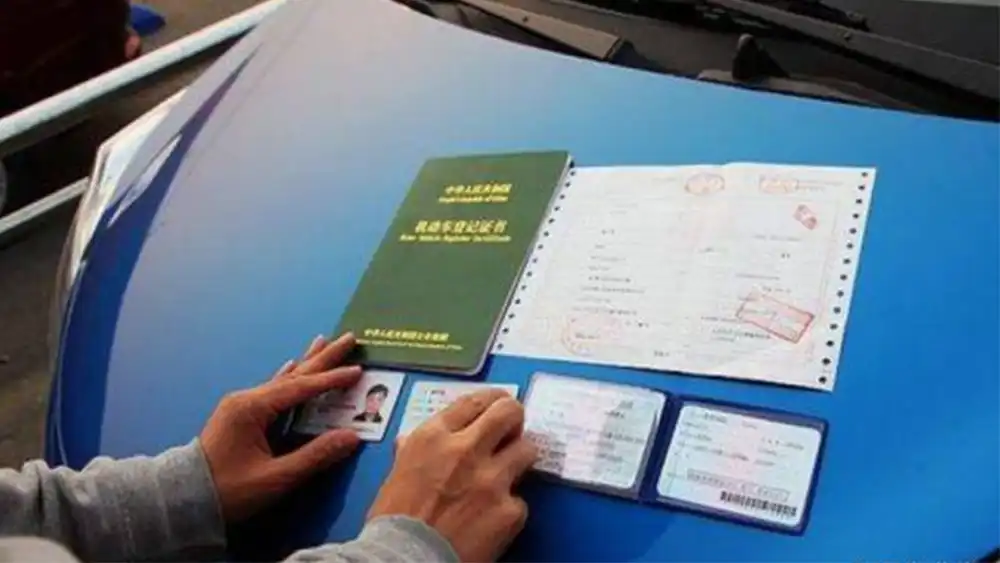
- If there are no problems after the vehicle inspection, drive to the vehicle management office, find the business processing window, apply for vehicle transfer, and fill in the transfer application form given to us by the staff.
- After completing the application form, drive the vehicle to the vehicle inspection location designated by the staff, and then professionals will conduct an overall inspection of the vehicle, assign a number, remove the license plate, and take photos for record keeping.
- Fill out the “Motor Vehicle Registration, Transfer, Cancellation Registration Form/Transfer Application Form” and go to the “Transfer Acceptance” business window to handle the vehicle transfer procedures. The specific operations are carried out in accordance with the staff’s instructions. Pay the registration fee and wait in line to choose a new license plate number.
- After selecting the number, get the new vehicle registration certificate and driving license. Generally, it will take a while for the new license plate to be given to the new owner (received or mailed). The new vehicle driving license, registration certificate, etc. cost about 20 yuan.
- In cities where license plates require a lottery, you need to bring the original and photocopy of the winning ticket.
The above transfer fees and detailed requirements are subject to the actual conditions of the local vehicle management office.
Step 9: Maintenance and preparation
Second-hand cars definitely require extensive maintenance, including: transmission oil, brake oil, and may also need to replace brake pads, engine oil, and filters. It will probably cost a few thousand dollars to get a set. We can also clean the vehicle according to our own circumstances.
Step 10: Insurance
Some companies do not sell used cars, so check with your local auto insurance company for details. For basic insurance, it is recommended to choose compulsory insurance, car damage insurance, or three insurances. You can find more stores and compare prices.
Through the car buying process and precautions described in detail above, I believe it will be helpful to friends who buy second-hand cars. Although buying a car is a complicated matter, as long as we master the correct method, we can avoid various traps and ensure the safety and rationality of car buying.
Why buy a used car?
First and foremost, let’s address why one should opt for a used car. There are numerous reasons, but one of the primary ones is affordability. Compared to brand-new vehicles, used cars often come with a more budget-friendly price tag, making car ownership feasible for a broader range of people. For consumers with limited budgets or those unwilling to pay the price of a brand-new vehicle, buying a used car is a sensible choice. Moreover, the used car market offers a diverse selection, catering to various brand and model preferences. Additionally, due to the competitive nature of the used car market, sellers frequently provide enticing discounts and services, such as extended warranty periods and complimentary maintenance, enhancing the overall car-buying experience.
What are the advantages of second hand cars?
The advantages of used cars extend beyond just price. Firstly, used cars typically have lower depreciation rates, meaning the depreciation loss after purchase is comparatively less. Unlike brand-new vehicles that experience significant depreciation immediately after purchase, used cars retain their value better, making them a more financially sound investment. Secondly, when buying a used car, you gain access to a wealth of vehicle history information, including maintenance records and accident history, allowing for a better understanding of the vehicle’s condition. By examining the vehicle’s history, you can assess its overall condition and potential risks more accurately, enabling you to make informed purchasing decisions.
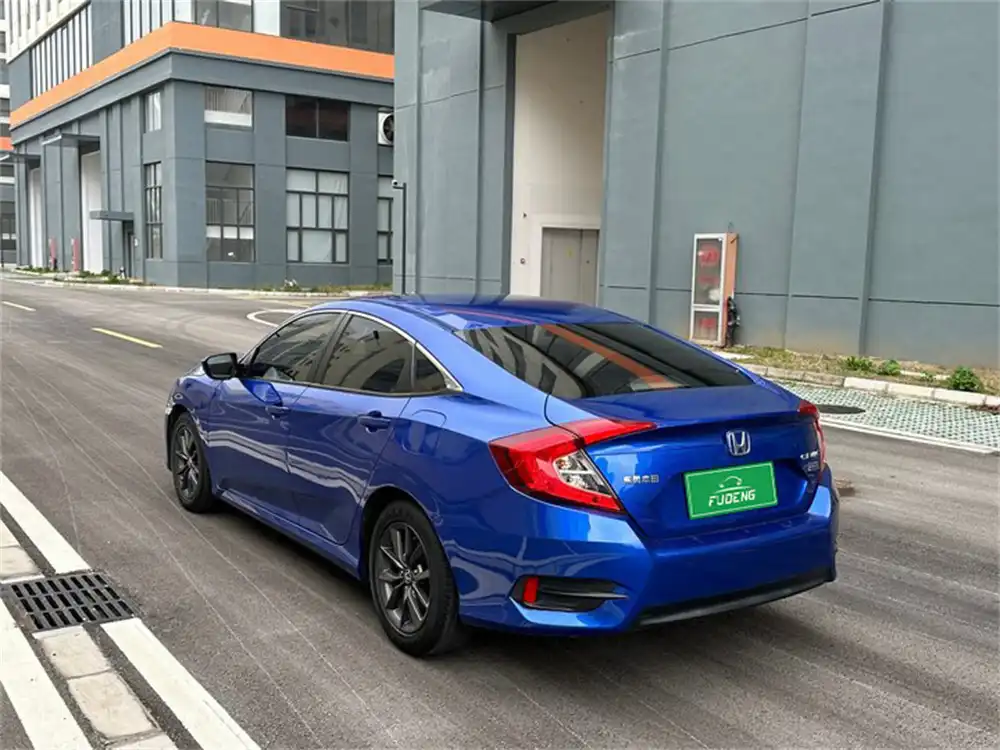
What to look out for when buying a used car?
There are several considerations when purchasing a used car.
- Firstly, it’s crucial to understand your needs and budget to target suitable vehicles in the market effectively.
- Secondly, conducting a thorough inspection of the selected vehicle is essential, encompassing mechanical components, exterior appearance, interior, etc., to ensure the vehicle’s quality and performance meet your expectations. Employing the services of a professional automotive technician for a comprehensive inspection is advisable to uncover any hidden issues or potential faults.
- Additionally, opting for a reputable used car dealer or platform for your purchase can mitigate purchasing risks and provide additional purchasing guarantees and services.
By selecting a reputable supplier, you can confidently purchase a high-performance, reliable used car, enhancing your driving experience.
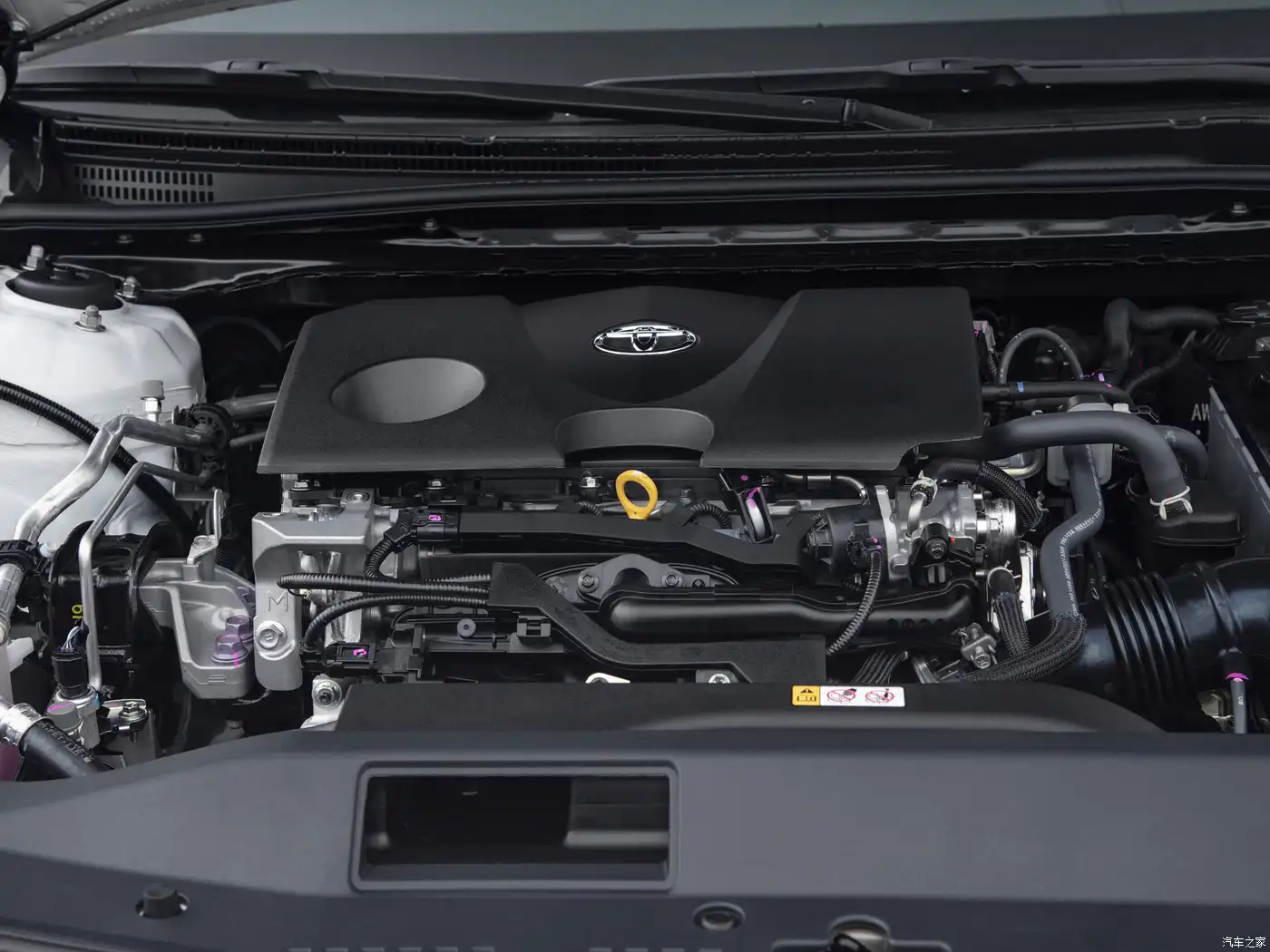
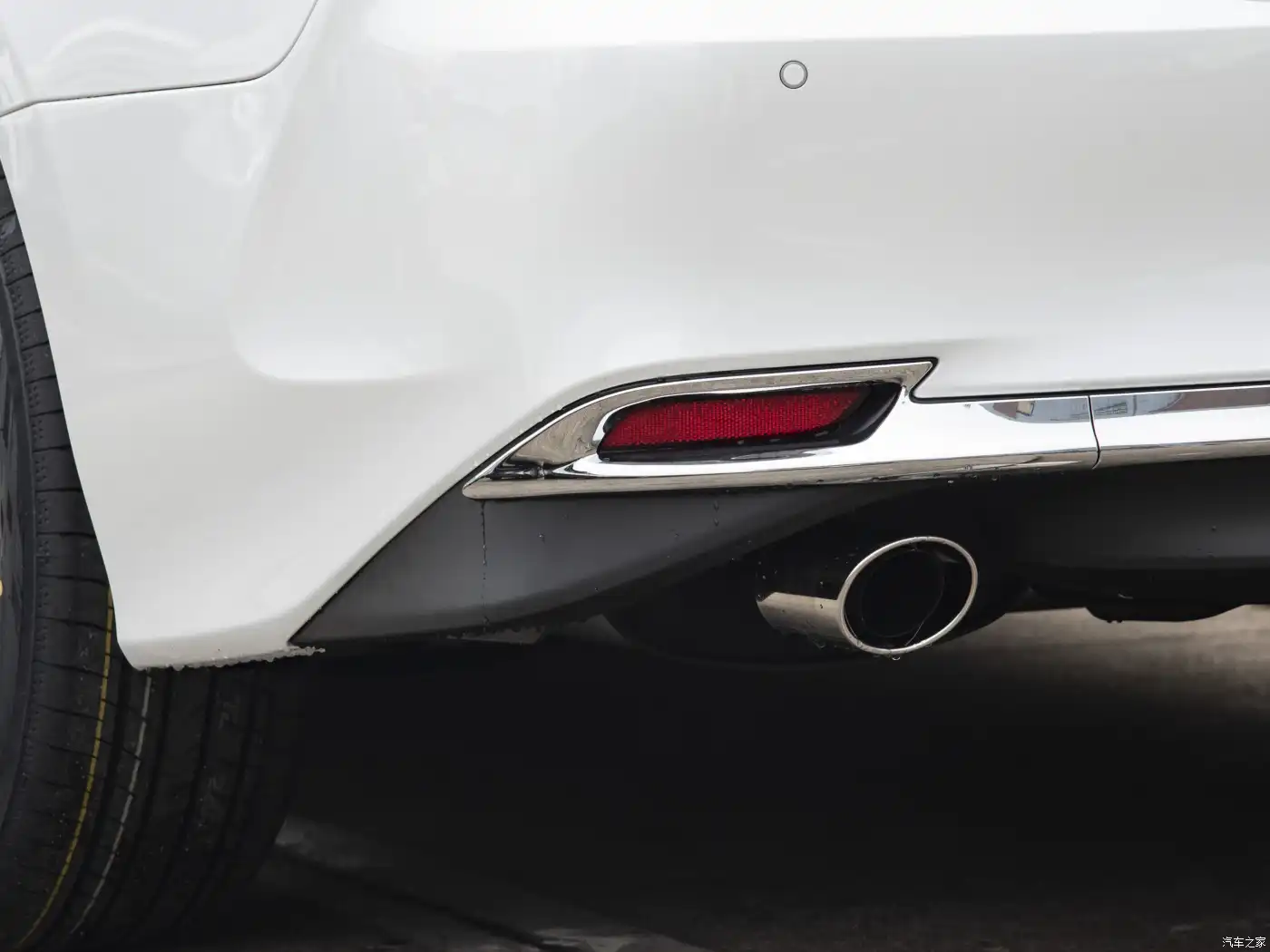
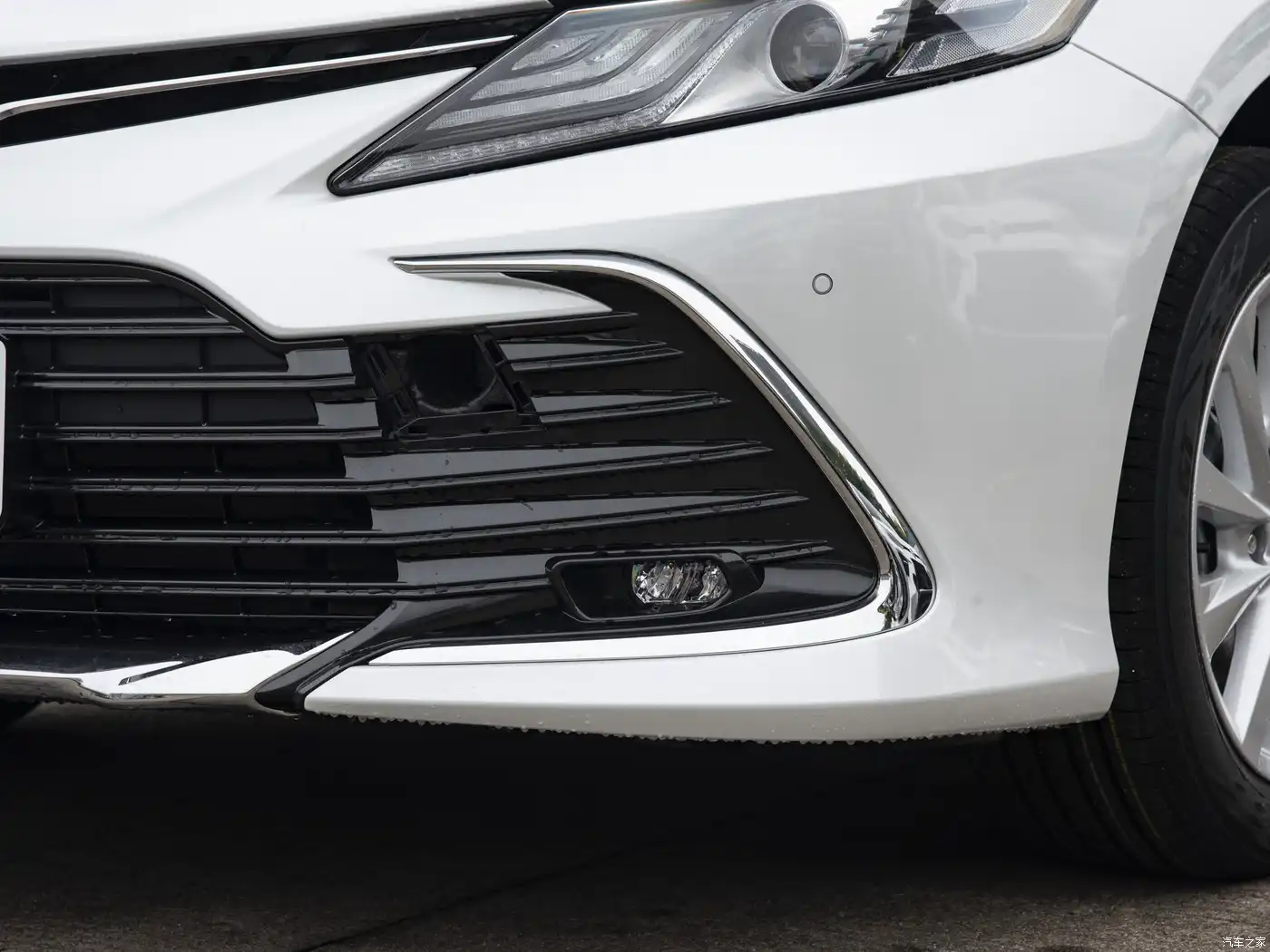

How to find a reliable used car dealers?
When seeking a reliable used car supplier, consider Fudeng. As a professional used car dealer, Fudeng boasts extensive experience and a dedicated team committed to offering customers high-quality used car options and premium purchasing services. Fudeng represents many well-known brands in China, such as Toyota, Honda, Geely, and Chery, providing customers with a diverse selection. All vehicles undergo rigorous quality inspections and certifications to ensure customers purchase reliable vehicles. Moreover, Fudeng offers comprehensive after-sales services, including After-sales assistance and complimentary maintenance, providing customers with comprehensive purchasing protection and support. By choosing Fudeng as your used car supplier, you can confidently purchase a high-performance, reliable used car, adding more joy and convenience to your driving life.

Fudeng Used Cars
- Quality: We exclusively offer pre-owned vehicles with comprehensive documentation and assured quality. Detailed vehicle assessments conducted by professionals are available, facilitating thorough scrutiny of specifications such as year of manufacture, mileage, basic features, paint condition, accident history, and more.
- Pricing: Our commitment is to provide competitive, accurate, and fair pricing, extending genuine invitations to international partners. Our business ethos revolves around fostering mutually beneficial collaborations.
- Advantages: Positioned among the elite suppliers of new energy vehicles in China with export authorization, Fudeng boasts over a decade of expertise in automotive exports. Our repertoire encompasses diverse brands, supported by an in-house garage and showroom, a proficient sales team, and a sterling industry reputation.
- Logistics: Seamlessly navigate your car acquisition journey with us. We assure punctual delivery and uphold a robust supply chain, fortified by enduring partnerships with reputable domestic freight forwarders, ensuring reliable transportation schedules.
Conclusion:
In conclusion, purchasing a high-quality used car requires thorough preparation and research in selecting vehicles, evaluating suppliers, etc. By selecting a reputable used car supplier like Fudeng, you can confidently purchase a high-performance, reliable used car, enhancing your driving experience and enjoyment.
Ensure you’re well-informed by checking the Fudeng website or subscribing to their YouTube updates.




